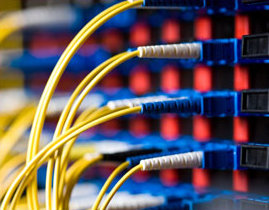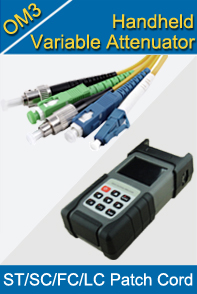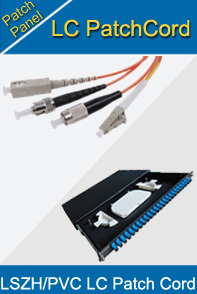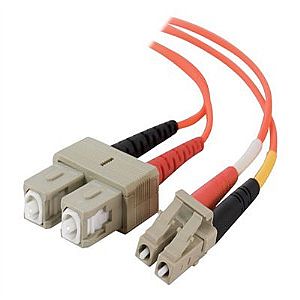-

- Sopto Home
-

- Special Topic
-

- Patch Cord Knowledge
-

- Difference between Singlemode and Multimode Fiber Patch Cords
Patch Cord Knowledge
- Fiber Optic Connector Ferrule Design
- Fiber Optic Connector Design
- E2000 to ST Fiber Patch Cable Overview
- Acceptable and Unacceptable Fiber Connector End-Face Finishes
- Using Wipes and Cleaning Cassettes to Clean Fiber Patch Cords
- Not-Too-Tight Mating of Fiber Optic Connectors
- Matching Gel and Oils Contamination about Fiber Optic Connectors
- The Effect of Improper Use of Fiber Optic Connectors
- Why Fiber Optic Connectors are Fragile?
SOPTO Special Topic
Certificate



Guarantee
Except products belongs to Bargain Shop section, all products are warranted by SOPTO only to purchasers for resale or for use in business or original equipment manufacturer, against defects in workmanship or materials under normal use (consumables, normal tear and wear excluded) for one year after date of purchase from SOPTO, unless otherwise stated...
Return Policies
Defective products will be accepted for exchange, at our discretion, within 14 days from receipt. Buyer might be requested to return the defective products to SOPTO for verification or authorized service location, as SOPTO designated, shipping costs prepaid. .....
Applications
 Fiber Patch Cords have a widely application. Where the need for the optical fiber connection, where you need fiber optic patch cords.
Fiber Patch Cords have a widely application. Where the need for the optical fiber connection, where you need fiber optic patch cords.
Testing Equipment
FTTX+ LAN
Optical Fiber CATV
Optical Communication System
Telecommunication
SOPTO Products
- Fiber Optic Transceiver Module
- High Speed Cable
- Fiber Optical Cable
- Fiber Optical Patch Cords
- Splitter CWDM DWDM
- PON Solution
- FTTH Box ODF Closure
- PCI-E Network Card
- Network Cables
- Fiber Optical Adapter
- Fiber Optical Attenuator
- Fiber Media Converter
- PDH Multiplexers
- Protocol Converter
- Digital Video Multiplexer
- Fiber Optical Tools
- Compatible
Related Products
Performance Feature
Good Water-proof
Low insertion loss;
low reflection loss;
Stability, good repeatability;
High-precision ceramic ferrule;
Compatible with NTT standard;
Precision Grinding and fully testing;
Compliance with international standards
Patch Cord Knowledge
Recommended


Difference between Singlemode and Multimode Fiber Patch Cords
There are a few differences between single mode and multimode fiber optic patch cords. To begin, single mode cables are manufactured using a small, 9 micron core fiber. This enables higher bandwidth and lower attenuation. Secondly, single mode fibers have lower power loss in comparison to multimode fibers, allowing light to travel much longer distances.
Finally, these patch cords can be terminated with Angled Physical Contact (APC) or Ultra Physical Contact (UPC) connectors. This combination of characteristics makes single mode cables the ideal choice for long distance telecommunication and CATV networks.
On the other hand, multimode cables are developed using larger glass fibers that are measured with either a 50 or 62.5 micron diameter. The larger core diameter allows for less precise tolerances than those found in single mode fibers and are often used with lower cost light sources such as a LED.
.png)
Single mode and multimode comparison
The connectors have typically been PC polished, however with higher speed demands UPC polish may yield improved network performance. The lower equipment costs and data speed requirements make multimode more suitable for short-distance applications. Typically, LAN networks, security systems and other low speed fiber applications use multimode fiber optic cables.
Granted, there are some similarities between these two types of cables. For example, both cables contain glass fibers, are available in simplex and duplex forms, and accept SC, LC, FC and ST styled connectors, depending on the user’s fiber network. Another quick fact; standard indoor rated single mode cable generally has a yellow jacket. Multimode is usually orange, except for the 10Gb variety which are aqua.
For more info, please browse our website. For purchasing fiber optic assembly products, please contact a Sopto representative by calling 86-755-36946668, or by sending an email to info@sopto.com.





